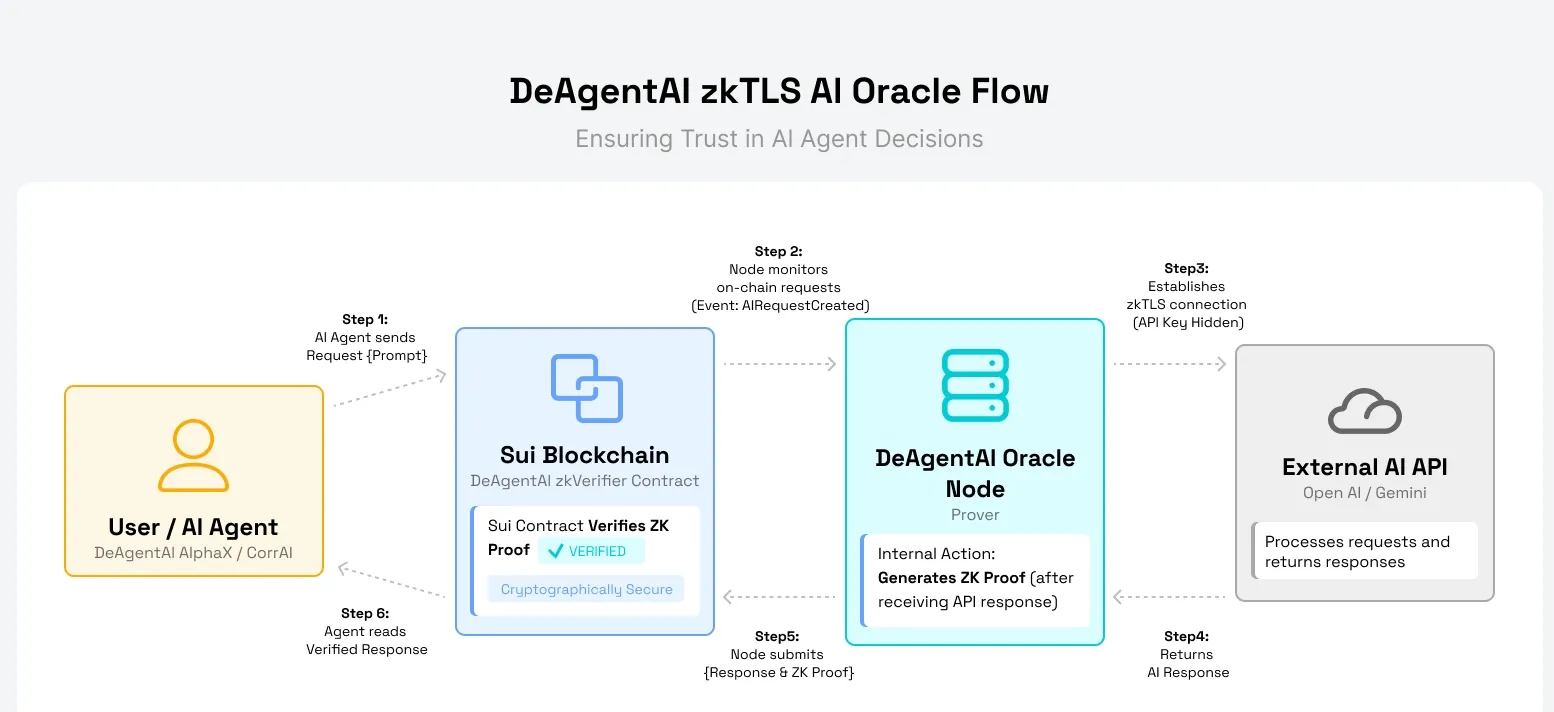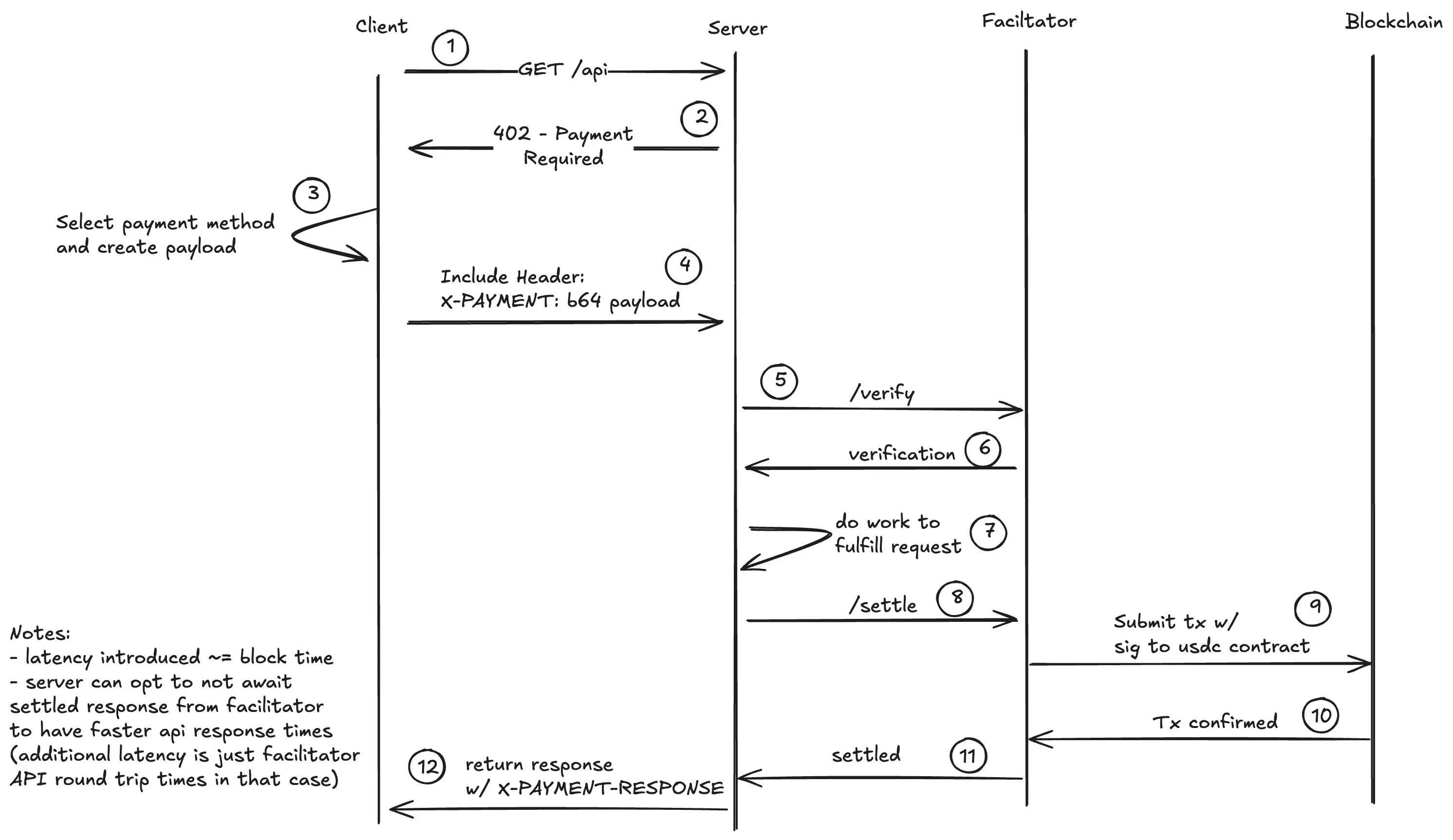As October comes to a close, the cryptocurrency market seems to be showing some upward trends.
For the past two months, the word "cautious" has almost become the main theme of the crypto market, especially after the significant crash on October 11. The impact of this crash is slowly fading, and market sentiment seems to have stopped deteriorating, instead showing new hope.
Starting from late October, some signs of an upward trend have gradually emerged: net inflow data has turned positive, a batch of altcoin ETFs has been approved, and expectations for interest rate cuts have increased.
ETF funds are flowing back, and institutions are re-entering
The most striking data in October comes from ETFs.
This month, Bitcoin spot ETFs have seen a cumulative net inflow of $4.21 billion, completely reversing the outflow trend of $1.23 billion in September. The assets under management have reached $178.2 billion, accounting for 6.8% of Bitcoin's total market capitalization. Looking specifically at the week from October 20 to 27, $446 million in new funds flowed in, with BlackRock's IBIT alone accounting for $324 million, and its holdings have now exceeded 800,000 BTC.
For traditional financial markets, ETF inflows are the most direct bullish indicator—it is more honest than the buzz on social media and more real than candlestick charts.
More importantly, this round of increases truly carries an "institutional flavor." Morgan Stanley has opened up BTC and ETH allocations to all its wealth management clients; JPMorgan has allowed institutional clients to use Bitcoin as collateral for loans.
According to the latest data, the average allocation of crypto assets by institutions has risen to 5%, a record high. Moreover, 85% of institutions indicate that they have allocated or plan to allocate crypto assets.
Although Ethereum ETFs seem somewhat overshadowed compared to Bitcoin spot ETFs, with a cumulative net outflow of $555 million in October, marking the first consecutive net outflow since April of this year, primarily from Fidelity and BlackRock's ETH funds.
However, this also seems to be a new signal, indicating that funds are rotating from ETH to BTC and SOL, which have greater upside potential, or perhaps preparing for new ETFs.
A large batch of altcoin ETFs has arrived
On October 28, the first batch of altcoin ETFs in the U.S. officially launched, covering three projects: Solana, Litecoin, and Hedera. Bitwise and Grayscale launched SOL ETFs, while Canary Capital's LTC and HBAR ETFs were also approved for trading on Nasdaq.
But this is just the beginning.
Reports indicate that there are currently 155 altcoin ETFs awaiting approval, covering 35 mainstream assets, with a total scale expected to exceed the initial inflows of the first two rounds of Bitcoin and Ethereum ETFs.
If all are approved, the market may experience an unprecedented "liquidity shockwave."
Historically, the launch of Bitcoin ETFs has led to cumulative inflows exceeding $50 billion, while Ethereum ETFs have brought in an additional $25 billion in assets.
ETFs are not just financial products; they are more like "entry channels" for funds. When this channel expands from BTC and ETH to altcoins like SOL, XRP, LINK, and AVAX, the entire market's valuation system will be re-priced.
Institutional interest in crypto assets is growing stronger.
Additionally, ProShares is preparing to launch the CoinDesk 20 ETF, which tracks 20 assets including BTC, ETH, SOL, and XRP; REX-Osprey's 21-Asset ETF goes further, allowing holders to earn staking rewards from tokens like ADA, AVAX, NEAR, SEI, and TAO.
There are 23 ETFs tracking Solana currently awaiting approval. This dense layout almost publicly declares that the risk curve for institutions is extending from Bitcoin to the entire DeFi ecosystem.
From a macro perspective, this liquidity expansion has enormous potential. As of October 2025, the total market capitalization of global stablecoins is close to $300 billion. Once this "liquidity reserve" is activated by ETFs, it will create a powerful capital multiplier effect. For example, with Bitcoin ETFs, every $1 flowing into the ETF can ultimately amplify to several times the market value growth.
If the same logic is applied to altcoin ETFs, hundreds of billions of dollars in new capital could drive the entire DeFi ecosystem to thrive once again.
The winds of interest rate cuts have brought new liquidity
In addition to ETFs, another factor changing the market comes from the often-discussed macro perspective.
On October 29, there is a 98.3% probability that the Federal Reserve will cut interest rates by 25 basis points. The market seems to have already priced in this expectation, with the dollar index weakening and risk assets collectively strengthening. Bitcoin has surged past $114,900, reaching a new high for the year.
What does a rate cut mean? It means that funds need to find new outlets.
In a traditional market that generally lacks imagination in 2025, crypto has become the place that is "still telling stories."
Interestingly, this round of good news comes not only from the market but also from policy.
On October 27, the White House nominated Michael Selig to serve as the CFTC chairman; this former crypto lawyer has always had a friendly attitude. The SEC has also updated the ETP creation mechanism, allowing crypto ETFs to conduct in-kind redemptions, greatly simplifying operations.
On the topic of "regulatory friendliness," the U.S. market is not just loosening up but opening wide. The government is no longer suppressing innovation but is trying to allow the crypto industry to "exist compliantly."
On-chain data is also synchronously confirming all of this.
The total value locked (TVL) in DeFi grew by 3.48% in October, reaching $157.5 billion. Among them, Ethereum's chain TVL reached $88.6 billion, growing by 4%; Solana rose by 7%; and BSC saw an increase of 15%. This represents not just "funds flowing back" but also a return of trust.
Additionally, the total amount of open interest in Bitcoin futures has risen to $53.7 billion, with a positive funding rate, indicating that bulls are dominating the market. Whale wallets are also increasing their positions, with a large holder buying $350 million worth of BTC within 5 hours. In the secondary market, Uniswap's monthly trading volume exceeded $161 billion, and Raydium surpassed $20 billion, with the ecosystem's activity continuing to rise.
These on-chain indicators constitute the most solid bullish evidence: funds are moving, positions are increasing, and trading is heating up.
Why do top analysts remain bullish?
Arthur Hayes: The four-year cycle is dead; the liquidity cycle is eternal
In a blog post titled "Long Live the King" on Thursday, Arthur Hayes wrote that while some cryptocurrency traders expect Bitcoin to soon reach a cycle peak and crash next year, he believes this time will be different.
His core argument is that Bitcoin's "four-year cycle" has failed because what truly determines the market is not "halving" but the global liquidity cycle—especially the resonance of monetary policies between the U.S. dollar and the Chinese yuan.
The past three bull and bear cycles seem to have followed the rhythm of "bull market after halving, a four-year cycle," but that is merely superficial. Hayes believes that this rhythm has held because each cycle coincided with periods of significant expansion of the dollar or yuan, extremely low interest rates, and global credit easing. For example:
2009–2013: The Federal Reserve's unlimited QE and massive lending in China;
2013–2017: Credit expansion in the yuan drove the ICO boom;
2017–2021: The "helicopter money" policies of the Trump and Biden administrations led to liquidity flooding.
When the credit expansion of these two currencies slows down, Bitcoin's bull market also comes to an end. In other words, Bitcoin is merely a barometer of global monetary easing.
By 2025, this "halving-driven" logic will completely collapse. This is because the monetary policies of the U.S. and China have entered a new normal—political pressure demands continued easing, and liquidity will no longer tighten cyclically.
The U.S. needs to "run a hot economy" to dilute debt, with Trump pressuring for rate cuts and fiscal expansion; China is also releasing credit to combat deflation. Both countries are injecting funds into the market.
Thus, Hayes concludes: "The four-year cycle is dead. The real cycle is the liquidity cycle. As long as the U.S. and China continue to print money, Bitcoin will keep rising."
This means that the future crypto market will no longer be dictated by the "halving" timetable but will depend on "the direction of the dollar and yuan." He concludes with a phrase: "The king is dead; long live the king"—the old cycle has ended, but a new Bitcoin cycle driven by liquidity has just begun.
Raoul Pal: A 5.4-year cycle replaces the traditional 4-year cycle
Raoul Pal's 5-year cycle theory represents a fundamental reconstruction of the traditional Bitcoin 4-year halving cycle. He believes that the traditional 4-year cycle is not driven by the Bitcoin protocol itself but is the result of the coincidence of the past three cycles (2009-2013, 2013-2017, 2017-2021) with the global debt refinancing cycle.
The ends of these cycles stem from monetary tightening policies rather than the halving events themselves.
The key to this theoretical shift lies in the structural change in the average maturity of U.S. debt during the 2021-2022 period. In a near-zero interest rate environment, the U.S. Treasury extended the average weighted maturity of its debt from about 4 years to 5.4 years.
This extension not only affects the refinancing timetable but, more importantly, changes the rhythm of global liquidity release, thereby postponing Bitcoin's cyclical peak from the traditional fourth quarter of 2025 to the second quarter of 2026, which also suggests that the fourth quarter of 2025 will see a rebound.
In Raoul Pal's view, the total global debt has reached about $300 trillion, with approximately $10 trillion maturing soon (mainly U.S. Treasury and corporate bonds), requiring massive liquidity injections to avoid soaring yields. Each trillion dollars of liquidity increase is associated with a 5-10% return in stocks and cryptocurrencies. For cryptocurrencies, $10 trillion in refinancing could inject $2-3 trillion into risk assets, pushing BTC from a low of $60,000 in 2024 to over $200,000 in 2026.
Therefore, Pal's model predicts that the second quarter of 2026 will witness an unprecedented peak in liquidity. When the ISM breaks above 60, it will trigger Bitcoin to enter the "banana zone," with target prices ranging from $200,000 to $450,000.
免责声明:本文章仅代表作者个人观点,不代表本平台的立场和观点。本文章仅供信息分享,不构成对任何人的任何投资建议。用户与作者之间的任何争议,与本平台无关。如网页中刊载的文章或图片涉及侵权,请提供相关的权利证明和身份证明发送邮件到support@aicoin.com,本平台相关工作人员将会进行核查。




